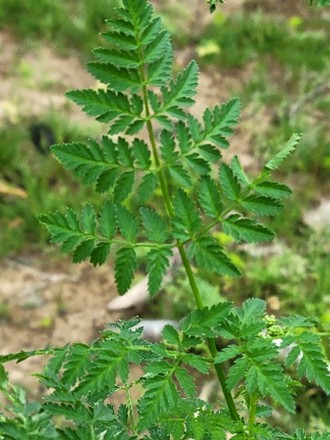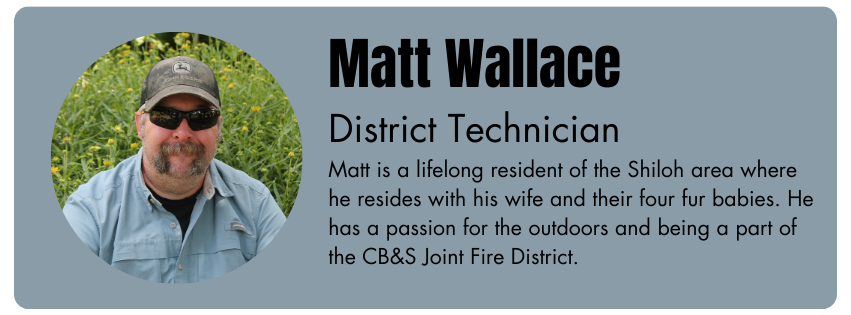Springtime for ponds will bring about opportunities to make new memories with family and friends around your pond. But did you experience issues with various plants last year that you may have forgotten about? Some plants you might see this spring/summer include:
Watermeal – Green floating granular plant
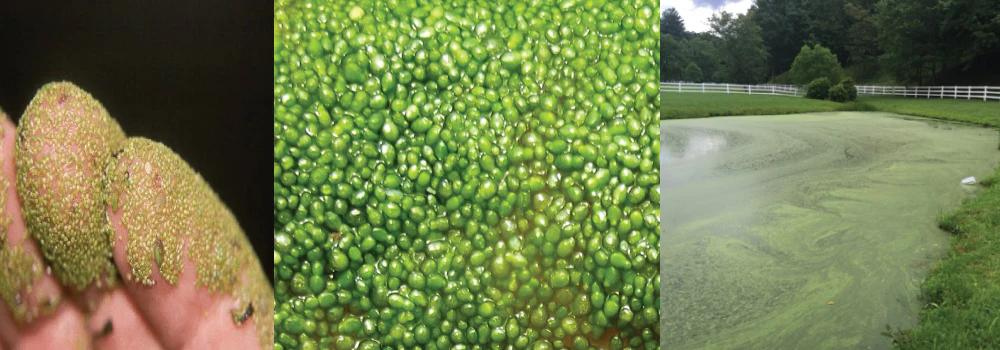
Duckweed – Small, lobed floating green plant with a tiny root
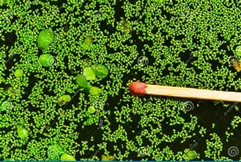
Cattails – Green in the summer and brown in the winter extending above the waterline
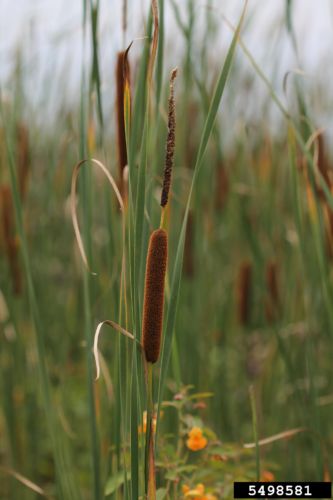
Phragmite – Similar to cattails but seed heads are feather shaped while cattails resemble corn dogs

Broadlead Watermilfoil – Submerged leaves are finely dissected and cause the shoot to resemble to form of a raccoon tail, whereas leaves on the emergent bracts tend to be smaller and appear only in summer
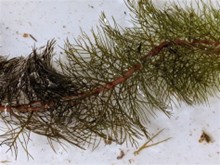
All these plants have the potential to provide feeding, loafing and protective cover opportunities for waterfowl, fish and other mammals. But like so many other things they can become a nuisance, reduce plant biodiversity, create hypoxic zones and need to be controlled. Things like watermeal, duckweed and cattails should be treated in the early spring if they were an issue for your pond last year. All aquatic plants can be controlled with aquatic herbicides. If they become too prolific and for the cases where herbicides are ineffective, you may need to consider mechanical removal of the plants. These are just a few of the common pond plants found in Ohio and any aquatic herbicide that you use needs to have their directions followed exactly as the label specifies. Deviation from the product directions can cause unwanted and potentially harmful results.
Landscaping Woes: Problem Plants and How to Handle Them
Plants like multiflora rose, grapevine, poison ivy, poison hemlock and garlic mustard weed can have some wildlife benefit but can do more harm than good. Multiflora rose, with its white flowers and thorns, while providing habitat for wildlife can prove to be a nuisance around your property. It can be easily controlled with pruning, mowing, or herbicide application. Grapevine and poison ivy can provide wildlife with a food source but can be detrimental to people who are sensitive to oils and particulate matter from poison ivy. Vines can be detrimental to trees in inclement weather by providing additional, unnecessary weight and instability. These vines can be easily cut and sprayed with the appropriate herbicides to control them. Garlic mustard, when found, is best if it is pulled and placed onto a hard surface to dry out then disposed of in the trash.
The most prolific undesirable plant that citizens see and call us about is Poison Hemlock. The main stem of this plant is green with a whitish fuzzy look to it when it is young. Its leaves resemble that of a carrot, but this is not edible (1). As the plant matures the main stem will become hollow and have green and purplish splotches with a glaucous coating over it (2). This plant will also have a flower head that appears yellow (3) when the flowers are not unfurled revealing a white (4) flower. If you suspect that you may have an adverse reaction to any plant or its parts, it is highly recommended that you take the appropriate precautions to protect yourself. If you plan on controlling any of these or other plants with mechanical or herbicide measures please read and understand the tools that you will be using for optimal results. For best results overall, undesirable plants are best controlled before they begin to flower and have the ability to spread seed. These plants can be found commonly in low lying wet areas where standing water is common. Many plants will re-sprout where you saw them last year so early removal, before they have a flower head on them, is crucial.
